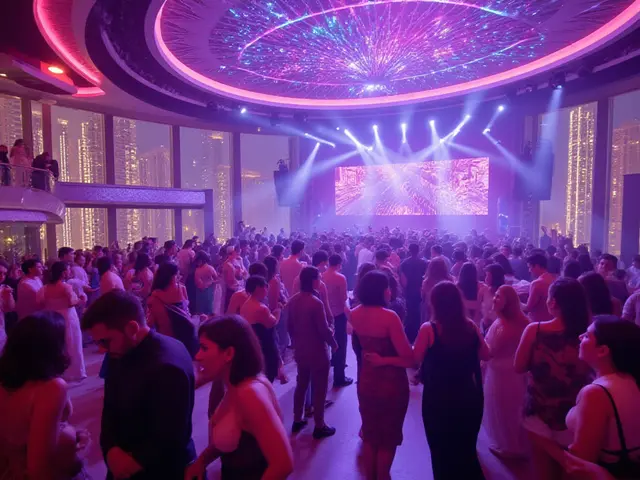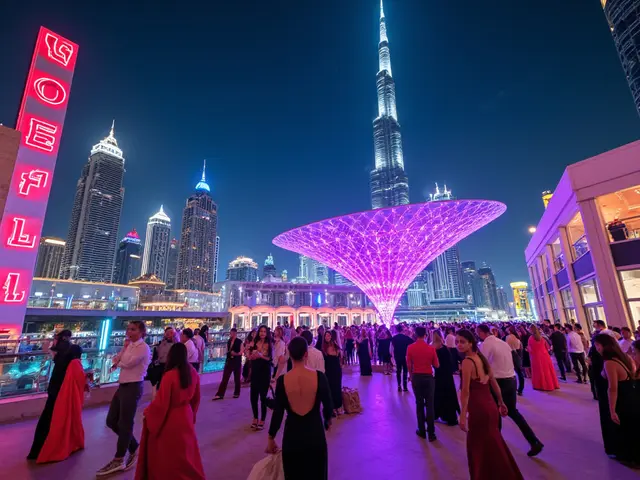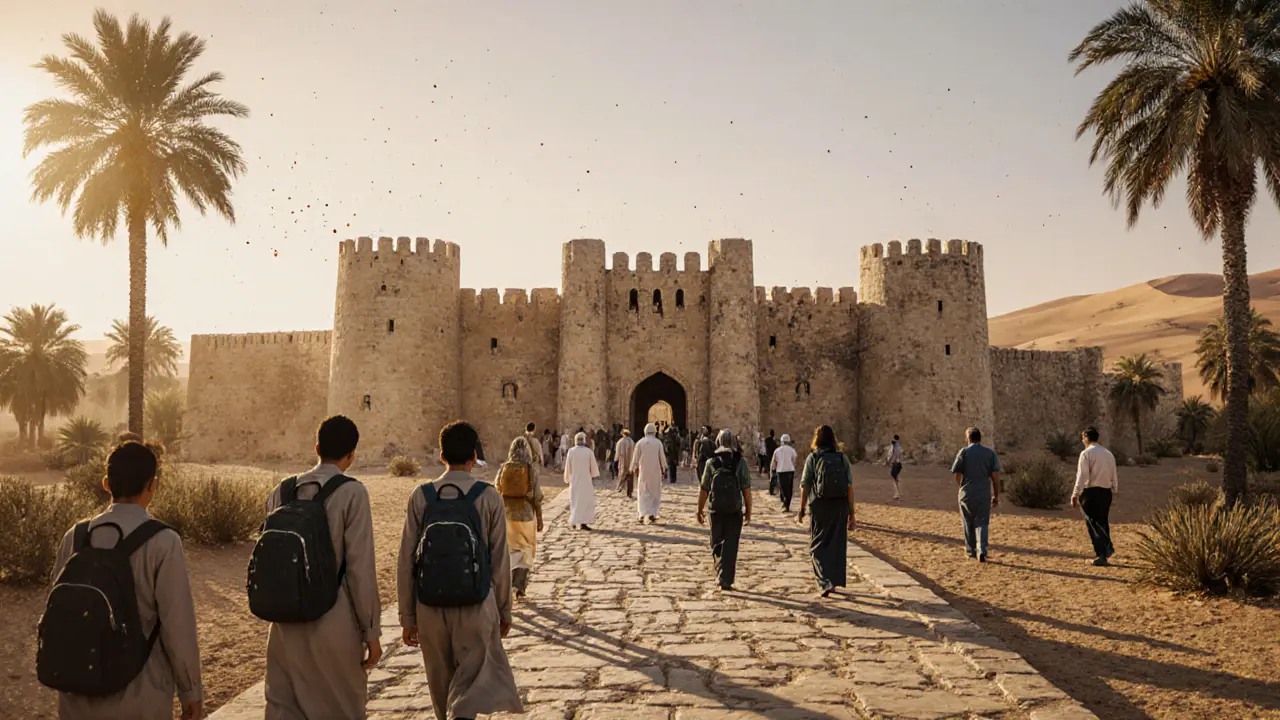
Key Takeaways
- Historical sites act as physical anchors for a nation’s shared story.
- They influence collective memory, education, tourism, and patriotic narratives.
- Effective preservation balances authenticity with inclusive interpretation.
- Mis‑use can fuel division or erase minority perspectives.
- Community‑driven storytelling makes heritage a living part of identity.
Quick Answer
Historical sites provide tangible evidence of a people’s past, shaping national identity by linking everyday life to memorable events, cultural values, and shared myths. When a nation preserves, interprets, and promotes these places, they become reference points for who the nation is and what it aspires to become.
Understanding the Role of Historical Sites in National Identity
When you walk through an ancient ruin or stand before a commemorative monument, you’re not just seeing a building-you’re stepping into a story that millions have told themselves for generations. Those stories help construct the mental map we call national identity.
Historical site is a location-such as a monument, battlefield, palace, or archaeological ruin-that holds significant cultural, political, or social meaning for a community. It serves as a physical reminder of pivotal moments, values, and achievements that a society chooses to celebrate or reflect upon.
Another core concept is national identity, the shared sense of belonging and common purpose that unites a country’s citizens. This identity is continuously crafted through language, symbols, traditions, and, crucially, places that embody the nation’s narrative.
Definition and Context
To see why these places matter, let’s break down the main pieces:
- Cultural heritage includes tangible assets (buildings, artifacts) and intangible practices (stories, rituals) handed down across generations.
- Collective memory is the shared recollection of past events that shape how a group views itself today.
- Heritage tourism draws visitors to experience and learn from a nation’s historic locations, turning memory into economic activity.
When a government or community invests in a historic site, they are, in effect, curating a piece of the nation’s collective memory for present and future audiences.
How Historical Sites Shape Collective Memory
Think of a historic site as a stage. Every time a school class, a tourist group, or a political rally gathers there, they rehearse a version of the past. Over time, these repeated performances solidify a particular narrative.
For instance, the Great Wall of China is often highlighted as a symbol of perseverance and defense, reinforcing a national myth of unity against external threats. Meanwhile, the same wall also raises questions about forced labor and border control-showing that the narrative can be multi‑layered.
When narratives are inclusive, they broaden the sense of belonging. When they ignore minority contributions, they create gaps that can fuel resentment.
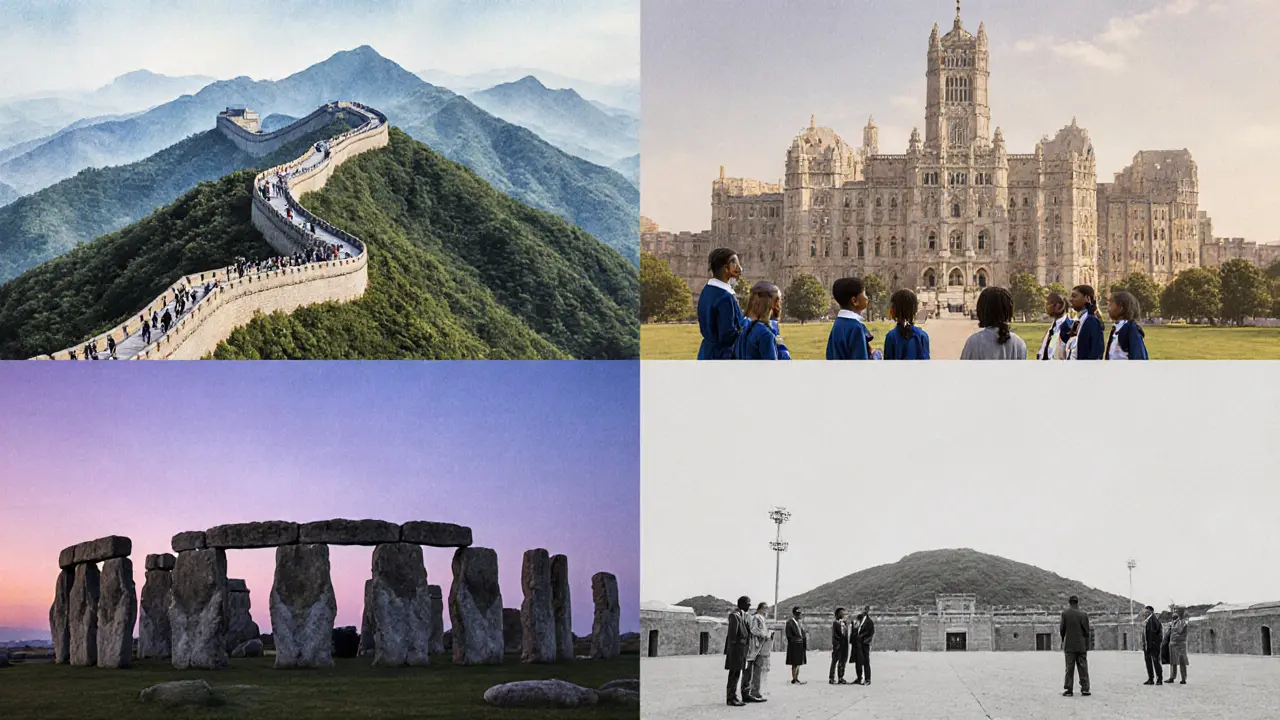
Case Studies: Different Countries, Different Stories
Historical sites don’t all speak the same language. Here are three vivid examples showing how they influence identity.
- Independence Hall in Philadelphia is the birthplace of the United States Constitution. U.S. schoolchildren regularly visit, so the building becomes a rite of passage that reinforces ideas of liberty, democracy, and civic responsibility.
- Stonehenge, a prehistoric monument in England, taps into a mythic past that predates modern nation‑states. Its mystery fuels a sense of ancient continuity and draws global tourists, feeding both identity and the economy.
- Robben Island near Cape Town tells the story of South Africa’s anti‑apartheid struggle. The site’s preservation underlines a narrative of resilience and reconciliation, shaping a post‑apartheid national identity rooted in shared sacrifice.
Each site is interpreted through local lenses, but the common thread is that they become reference points for what the nation values.
Tourism, Education, and the Power of Storytelling
When a historic site is turned into a learning hub, the impact multiplies. Museums, audio guides, and interactive apps turn static stones into living classrooms.
Take UNESCO World Heritage sites: Being on the list adds prestige, attracts funding, and forces a deeper narrative development. The UNESCO label itself becomes a badge of national pride, reinforcing the site’s role in identity construction.
Heritage tourism also creates a feedback loop. Visitors spread stories on social media, amplifying the site’s symbolic weight. At the same time, ticket revenue funds conservation, ensuring the story continues.
Risks and Challenges: When Heritage Becomes a Battleground
Not every interaction with historic sites yields positive identity outcomes. Problems arise when:
- Politicians weaponize monuments to push exclusive agendas, marginalising minority histories.
- Over‑commercialisation erodes authenticity, turning solemn places into theme‑park attractions.
- Neglect or looting destroys irreplaceable evidence, leaving gaps in collective memory.
Balancing preservation with inclusive interpretation is key. Community‑led advisory boards, multilingual signage, and collaborative exhibitions help mitigate these risks.
Comparison: Historical Site vs. Modern Landmark
| Aspect | Historical Site | Modern Landmark |
|---|---|---|
| Age | Centuries to millennia | Decades to a few centuries |
| Primary Meaning | Embedded in historic events | Often symbolic of recent achievements |
| Identity Role | Foundational, shaping long‑term narratives | Complementary, reflecting contemporary values |
| Tourism Appeal | Heritage tourism, educational trips | Architectural tourism, photo spots |
| Preservation Needs | Conservation, restoration, archaeological care | Maintenance, branding, occasional upgrades |
Frequently Asked Questions
Why do governments invest heavily in historic sites?
Investments protect cultural heritage, boost tourism revenue, and solidify a shared national story that can foster social cohesion.
Can a historic site ever have a negative impact on national identity?
Yes. When a site is presented with a one‑sided narrative that excludes minority perspectives, it can deepen divisions and create feelings of erasure.
How does heritage tourism differ from regular tourism?
Heritage tourism focuses on learning about a destination’s past, culture, and traditions, often involving guided tours, museums, and interpretive centers, whereas regular tourism may prioritize leisure activities and scenery.
What role do local communities play in preserving historic sites?
Communities provide oral histories, volunteer for maintenance, and help shape inclusive narratives, making the site a living part of daily life rather than a static relic.
Are there international standards for conserving historic sites?
Yes. UNESCO’s World Heritage Convention and the International Council on Monuments and Sites (ICOMOS) provide guidelines on authenticity, integrity, and community involvement.
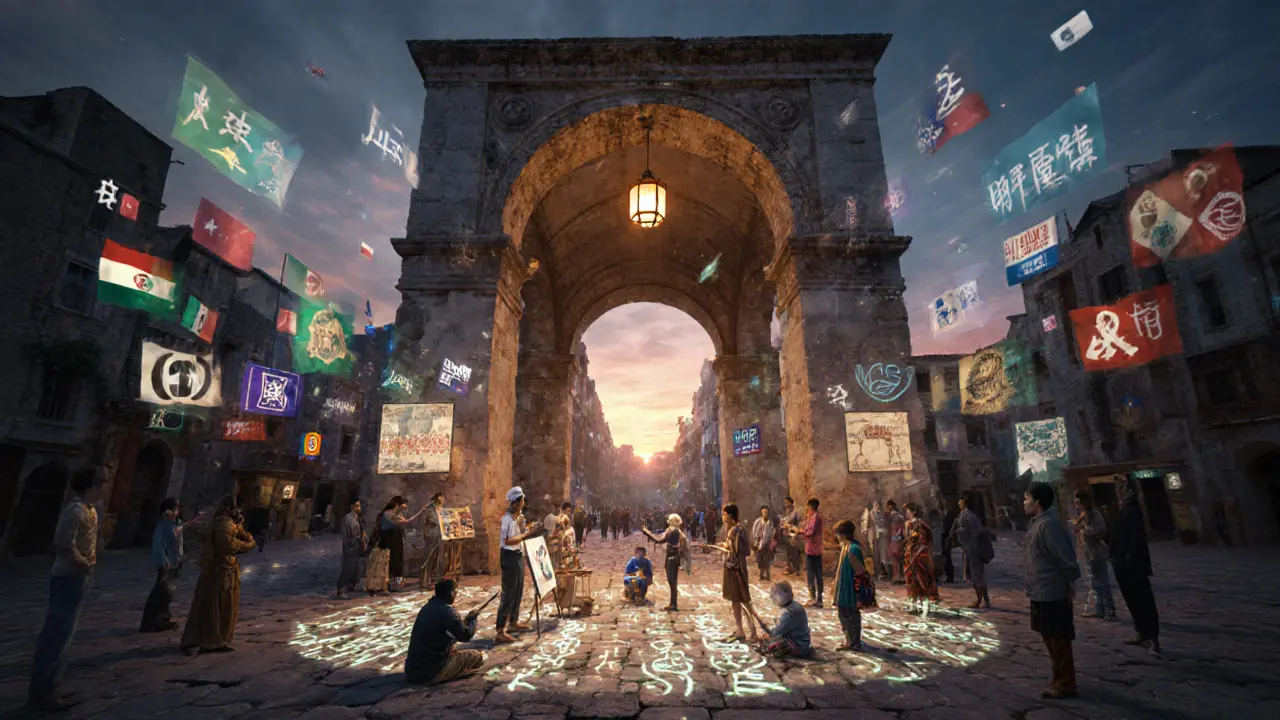
Next Steps for Readers
If you’re curious about how a specific site shapes your own sense of belonging, start by visiting a local museum or heritage centre. Ask the guides how the story is told, and look for signs of multiple voices. Consider supporting preservation groups-many rely on volunteers and small donations.
Remember, every time you stand before a historic site and think about its meaning, you’re actively participating in the ongoing construction of national identity. Your curiosity and respect can keep those stories alive for generations to come.


